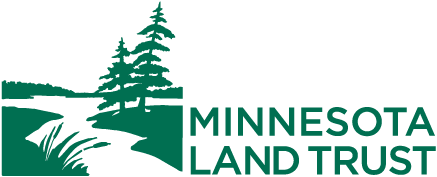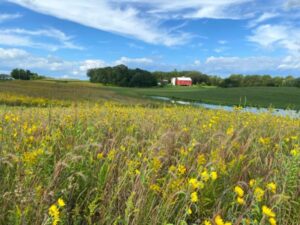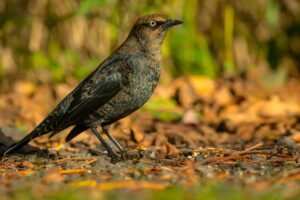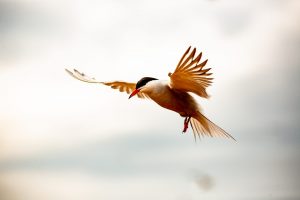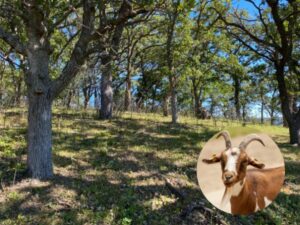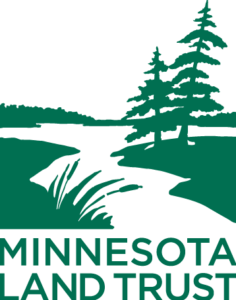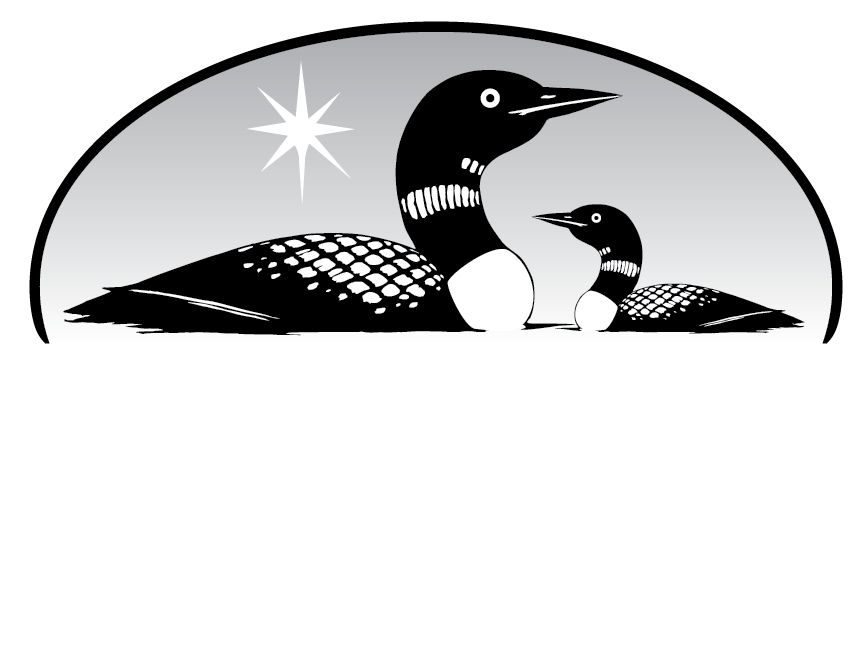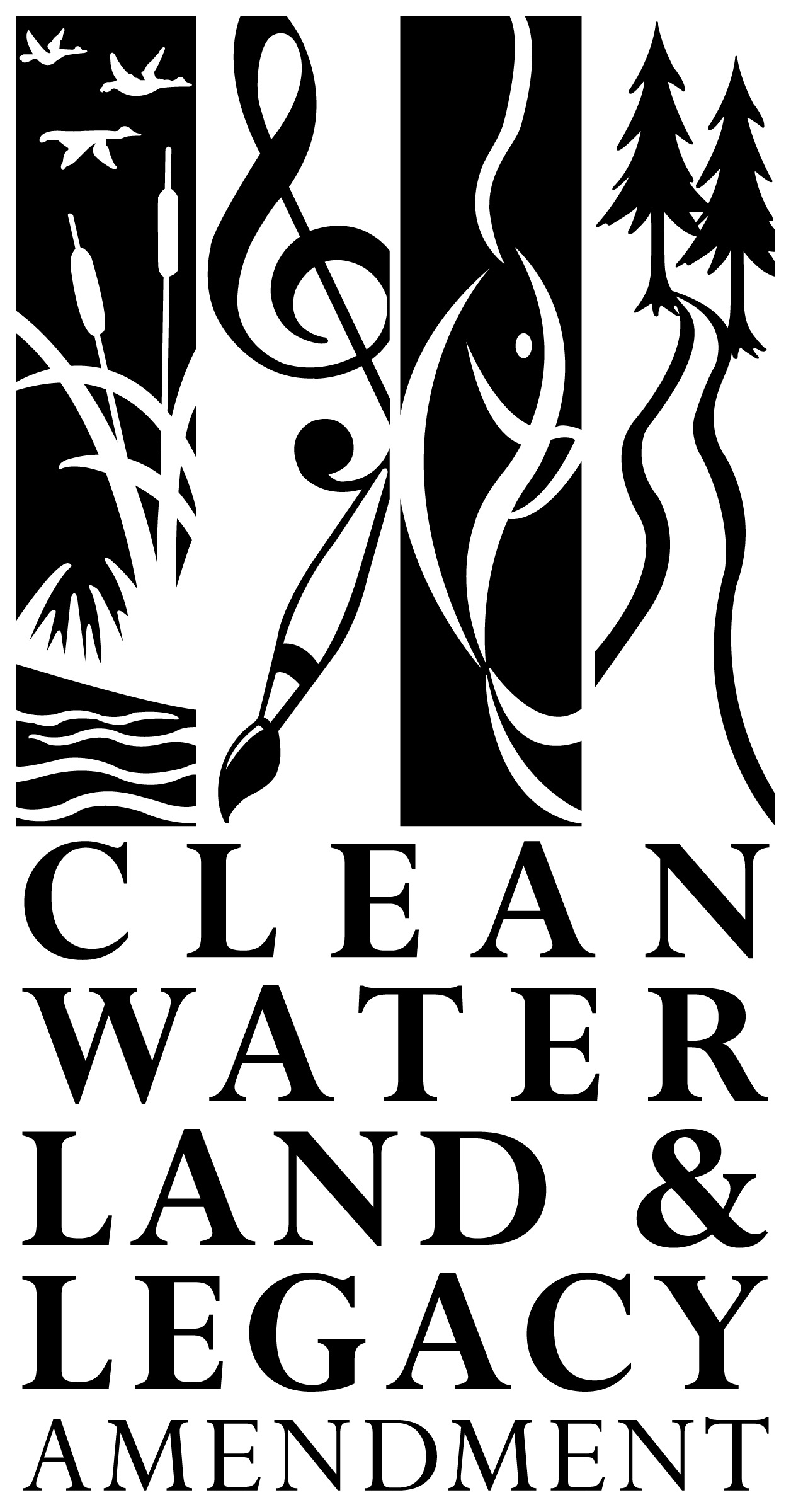Plant and animal populations are in decline across our state due in part to loss of habitat. Even if we were able to protect all the remaining wildlife habitat today, it still would not be enough to reverse this trend in Minnesota. That’s why the Minnesota Land Trust decided to start a Restoration Program. To date, we’ve restored over 6,000 acres of wildlife habitat.
There are two ways the Land Trust is working to improve fish and wildlife habitat in Minnesota.
First, with more than 75% of the State’s land area in private ownership, and up to 95% in the prairie regions, landowners are critical to providing habitat for waterfowl, songbirds, or mammals like mink. Even small properties can be beneficial for pollinators, monarch butterflies, or the prairie fringed orchid. We started our “Private Lands Restoration Program” because of our expertise working with landowners and because our conservation easements ensure all properties we restore will remain wildlife habitat forever.
Second, the Land Trust recognized through our conservation area planning that some places in Minnesota are especially important natural areas. The Land Trust assists state and federal agencies to protect and restore these important publicly accessible “Signature Landscapes” like the St. Louis River Estuary.
Private Lands Restoration
The Land Trust helps landowners restore their protected lands to natural habitat for birds, wildlife, and human recreation by working in partnership with other experts like the U.S. Fish & Wildlife Service (USFWS) and Audubon. The restoration may be part of a long-term habitat management plan for the property that guides restoration and management of the land, or part of a program that focuses on specific habitats like prairie, wetlands, or stream restoration. Our role is to coordinate projects and funding and bring the best available science and the best quality outcomes to each property.
Row Cropland Transformed to Prairie
Click or tap an image below to view it at full size and scroll through an image slideshow.








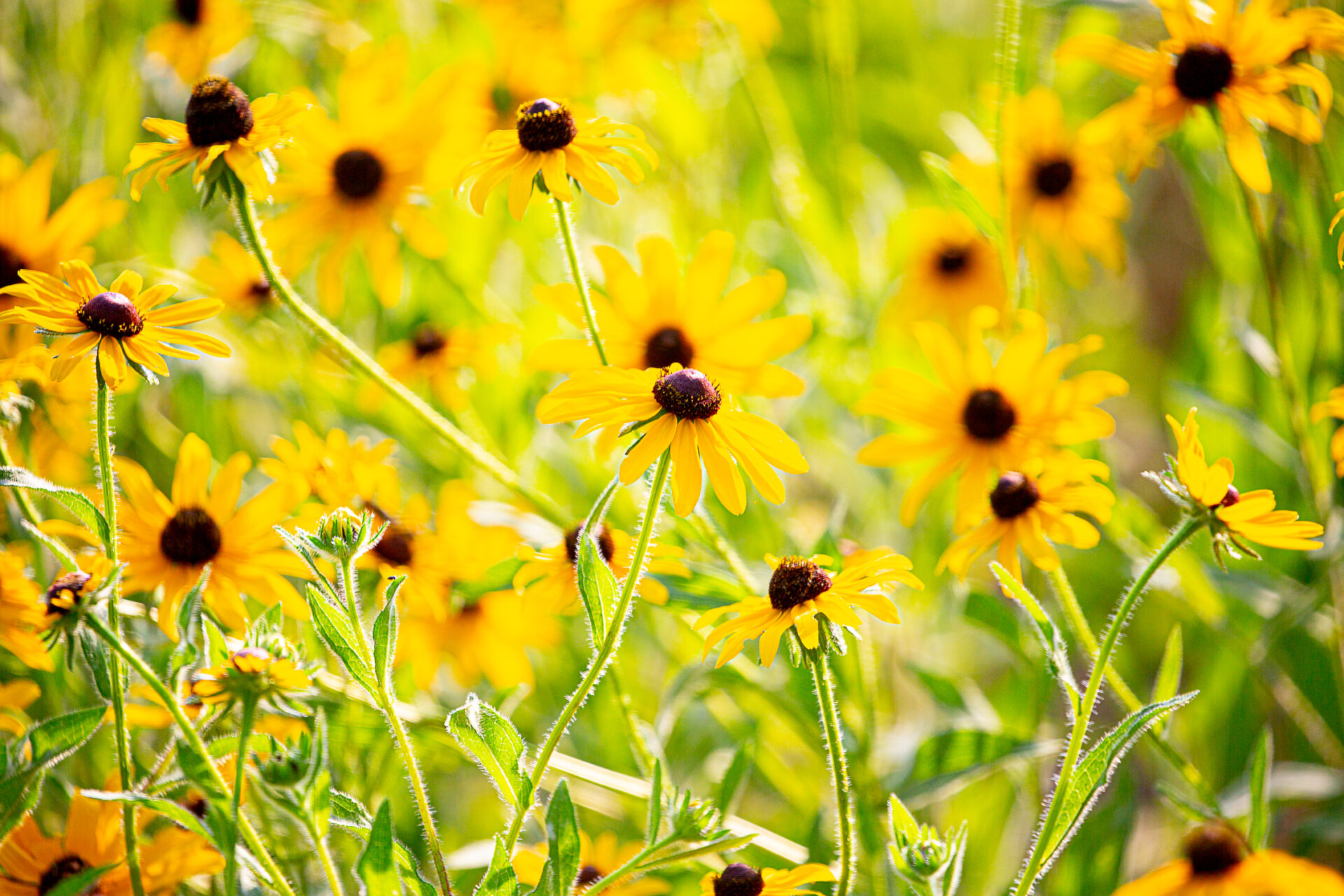
Are you interested in restoring natural systems on your property?
See the current restoration grant opportunities available.
Learn more about Private Lands Restoration at the Minnesota Land Trust. Questions? Contact us to discuss your project.
Restoration in The St. Louis River Estuary

The St. Louis River Estuary is a unique, 12,000-acre wetland complex between Duluth, Minnesota and Superior, Wisconsin, where water from the St. Louis River mixes with the water from Lake Superior. This mixing produces an incredible amount of biological productivity, and numerous species of fish, birds, and other wildlife depend on the Estuary for their survival.
The Estuary also includes the Duluth Superior Harbor, mid-America’s gateway to global trade and the nation’s busiest freshwater harbor. More than a quarter million residents and 3.5 million tourists live, work and visit the area every year.
Over a dozen local, state and federal entities are involved in the St. Louis River project. Partners in restoration include: City of Duluth, Fond du Lac Band of Lake Superior Chippewa, 1854 Treaty Authority, Minnesota DNR and Wisconsin DNR, Minnesota Pollution Control Agency, and many more.
The Minnesota Land Trust has been involved in a number of projects in the Estuary, including:
- Radio Tower Bay
- Chambers Grove
- Grassy Point
- Interstate Island
- Perch Lake
- The St. Louis River Estuary National Water Trail
Learn more about our work in the Estuary.
More Land Trust Restoration Projects in Minnesota
- Restoration Improves Forest Health, Mitigates Wildfire Risk in Northern MinnesotaThe buzz of chainsaws is punctuated by a crack of wood. Though it may seem counterintuitive, even jarring, this is the sound of forest restoration—specifically, restoration of 115 acres in Lake County, Minnesota. The owners of the property, situated directly between Split Rock Lighthouse and Gooseberry Falls State Parks, acquired a conservation easement in 2019,… Read more: Restoration Improves Forest Health, Mitigates Wildfire Risk in Northern Minnesota
- A Century Old Farm’s Greatest Yield YetThe property in the Minnesota Land Trust’s Rum and St. Croix River Conservation Priority area includes the forested northern shore of Rock Lake and is situated between a Walmart Supercenter, golf course, and two residential developments near the growing community of Pine City, Minnesota. The most obvious and, likely lucrative, opportunity for retired farmer… Read more: A Century Old Farm’s Greatest Yield Yet
- Restoring Coastal Wetlands for Migrating BirdsEmerald ash borer (EAB) was first detected in northern Minnesota in 2015 in the Duluth area. The insect, originating from Southeast Asia, is an invasive pest that is expected to eventually destroy most of Minnesota’s nearly 1 billion ash trees, possibly impacting over a million acres of ash-dominated forest in Minnesota. The proactive work of… Read more: Restoring Coastal Wetlands for Migrating Birds
- Restoring Habitat for a Threatened Species on Interstate IslandBig problems require a champion, someone with a specific mix of skills, connections, and vision, who can systematically and patiently work a process and stay connected to the larger purpose to bring the vision into reality. In 2019, Interstate Island and its Common Tern colony needed a champion. The 6-acre dredge spoil island in the… Read more: Restoring Habitat for a Threatened Species on Interstate Island
- Goats Help Restore Resilient Lands in Southeast MinnesotaGoats are known for all kinds of antics, including yelling, fainting, and of course, climbing into everything from delivery trucks to trees. In Southeastern Minnesota, on a Winona County property permanently protected by a Minnesota Land conservation easement, these functionally majestic animals are being leveraged for another one of their innate talents-their ability to destroy… Read more: Goats Help Restore Resilient Lands in Southeast Minnesota
